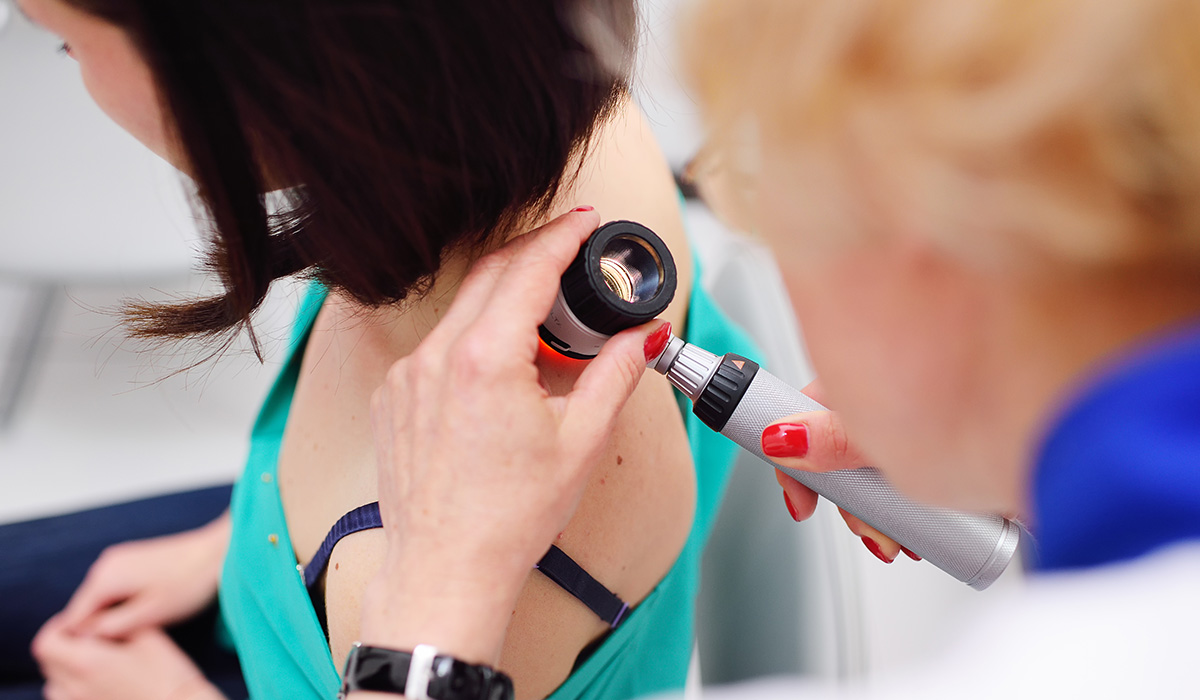March 2019
You hear it all the time. Early detection is a key component of surviving — and thriving — in the face of a cancer diagnosis.
In fact, the World Health Organization has found that regular screenings for breast, cervical, colon and lung cancers increase survival rates. That’s because such screenings can help catch these cancers early (before any physical symptoms of the illness show), which, in turn, increases the odds that the cancer can be successfully treated.
To determine which screening tests are truly beneficial (as well as who should get them and how often), the U.S. Preventative Services Task Force (USPSTF) conducted a thorough review of cancer mortality rates, as well as the medical and psychological risks involved with false-positive screening results. Based on the findings, this independent panel of medical experts developed guidelines for routine cancer screening.
Here’s the lowdown on four common cancer screening tests the USPSTF recommends.
Colon Cancer. Colon cancer is the second leading cause of cancer death in the U.S. The USPSTF recommends that everyone between the ages of 50 and 75 get screened every five years for colon cancer. The most common screening procedure is the colonoscopy, a procedure that allows the doctor to look for — and remove — precancerous lesions and early tumors in the colon. Fecal tests, where patients give their physicians stool samples to test for signs of cancer, can also be used for screening, but they usually can’t detect colon cancer until the disease has progressed. There has been a noted drop in colon cancer incidence in the past decade, which the American Cancer Society (ACS) says is likely due to increased screenings.
Lung Cancer. The USPSTF recommends annual lung cancer screenings for everyone between the ages of 55 and 80 who is currently a smoker or was a smoker within the last 15 years. A low-dose computed tomography (LDCT) scan, which is similar to an X-ray, provides images of the inside of your lungs, allowing physicians to detect potential tumors. Studies suggest that lung cancer deaths decrease by about 20 percent when patients at high risk for the disease receive LDCT screens.
Breast Cancer. When it comes to breast cancer screenings, the USPSTF recommends that women between the ages of 50 and 70 without a family history of breast cancer get a mammogram every two years. According to the ACS, breast cancer rates have been declining significantly since 1989 in the U.S., thanks, in part, to mammography screening. A mammogram is like an X-ray of the breast. A radiology technician places your breast between two clear plastic plates, flattening the breast. This allows the mammography machine to gather images of the breast’s interior. Women who have a family history of breast cancer, as well as women who test positive for any gene that’s linked to breast cancer (like BRCA), should talk to their healthcare providers about the right mammography schedule for them. Women under 50 should expect to receive a breast exam during their annual gynecological exam, where the gynecologist visually and manually checks for lumps or other irregularities in the breast tissue.
Cervical Cancer. The USPSTF recommends that women between the ages of 21 and 65 get a Pap smear every three years. This simple test, which involves having a gynecologist swab your cervix, can detect precancerous and cancerous cells. For women between the ages of 30 and 65, the USPSTF also recommends getting tested once every five years for the human papillomavirus (HPV), a virus that has been linked to the development of some types of cervical cancer. Over the past 30 years, clinicians have seen a drop in cervical cancer mortality rates to the tune of 50 percent, according to the ACS, which credits regular screenings for the drop.
It may surprise you to learn that the USPSTF does not recommend regular screenings for pancreatic, prostate, testicular, ovarian and thyroid cancers. The reason? The tests have a lower accuracy rate, and studies have not shown that screening significantly decreases cancer deaths. In addition, because these cancers have a lower incidence rate, routine screening of the general population would lead to many more false positives than actual positives — which could lead to unnecessary (and often invasive) procedures and treatments.



